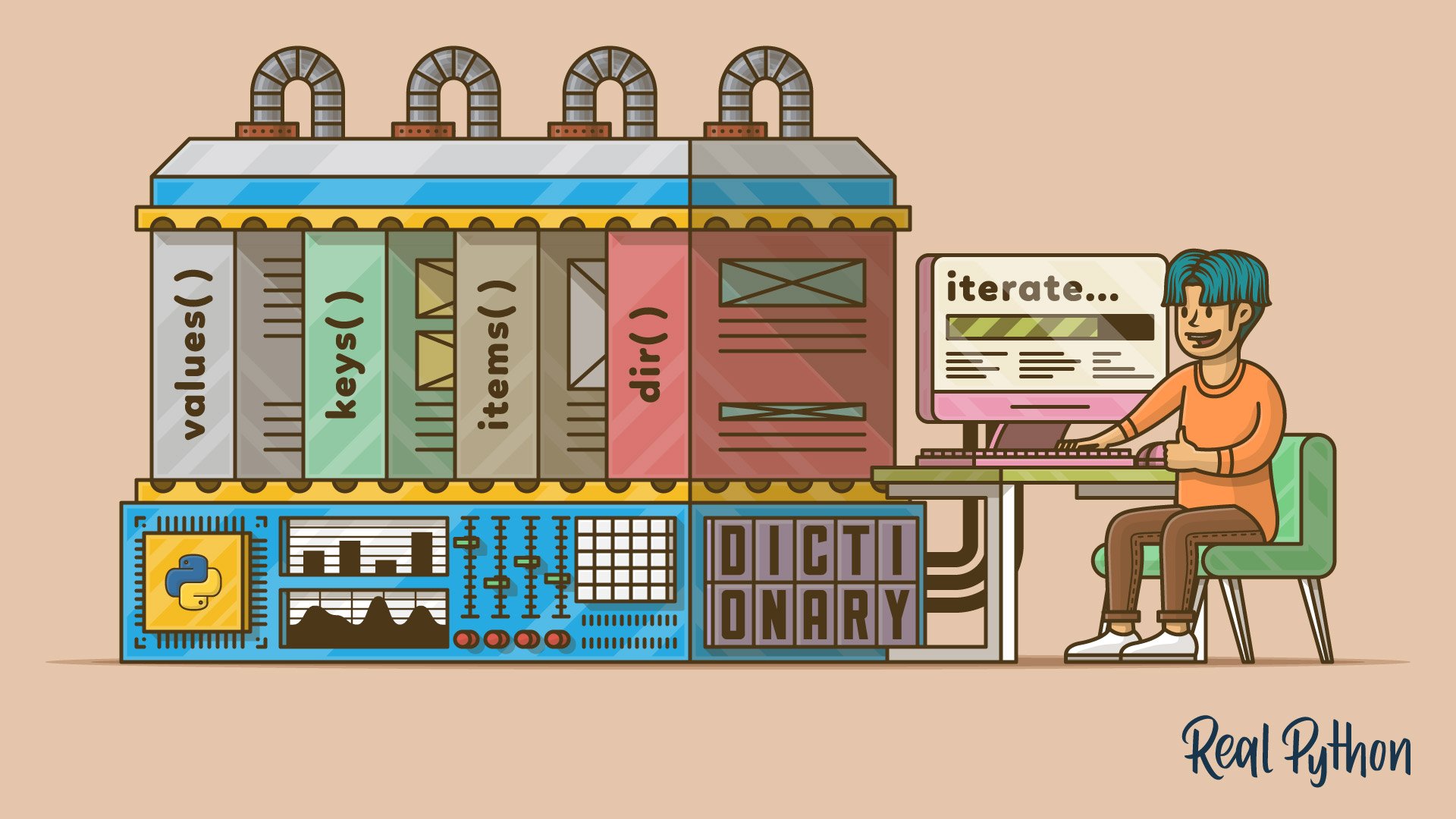Python provides a composite data type called a dictionary, which is similar to a list in that it is a collection of objects.
Here’s what you’ll learn in this course: You’ll cover the basic characteristics of Python dictionaries and learn how to access and manage dictionary data. Once you’ve finished this course, you’ll have a good sense of when a dictionary is the appropriate data type to use and know how to use it.
Dictionaries and lists share the following characteristics:
- Both are mutable.
- Both are dynamic. They can grow and shrink as needed.
- Both can be nested. A list can contain another list. A dictionary can contain another dictionary. A dictionary can also contain a list, and vice versa.
Dictionaries differ from lists primarily in how elements are accessed:
- List elements are accessed by their position in the list, via indexing.
- Dictionary elements are accessed via keys.
What’s Included:
- 4 Lessons
- Video Subtitles and Full Transcripts
- Accompanying Text-Based Tutorial
- Q&A With Python Experts: Ask a Question
- Certificate of Completion
Related Learning Paths:







Ghani on Oct. 19, 2020
A very informative course; thank you so much!